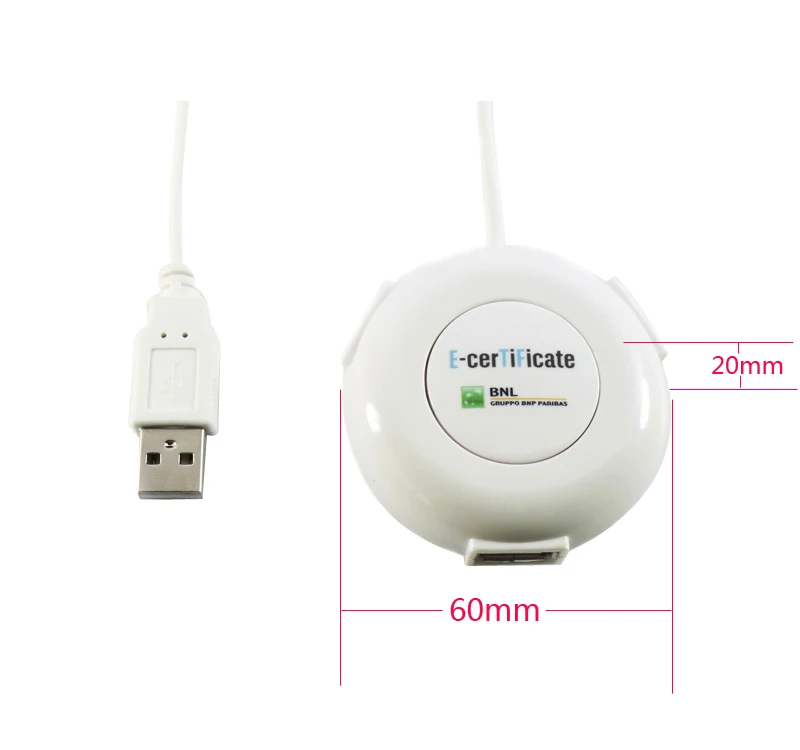
Finally, if the switch is illuminated, there’s an illumination unit that can hold an LED or incandescent bulb.

In other designs, they mount using screws. On these Omron controls, the contact blocks snap to the frame and a plunger on the actuator presses a plunger on the contact block to change the state of the contacts. The contact blocks do the electrical switching and are available in a variety of configurations such as normally open, normally closed, screw terminals, quick connect terminals, etc. The part immediately behind the actuator is a frame that connects the contact blocks to the actuator. These vary in shape and color often depending on if they’re designed to be easy to press (emergency power off) or hard to press (start self-destruct sequence). The actuator is the part that mounts to the panel and is exposed to the user. The typical switch consists of an actuator, a mounting collar or frame, contact blocks, and, if illuminated, an illumination unit. In the photo above are a few disassembled Omron 22mm push button switches.

Random Omron switch parts including a shrouded red non-illuminated push button, illuminated mushroom button, a mounting collar, LEDs, NO contacts, illumination unit, NC contacts, and an assembled non-illuminated mushroom button.


 0 kommentar(er)
0 kommentar(er)
